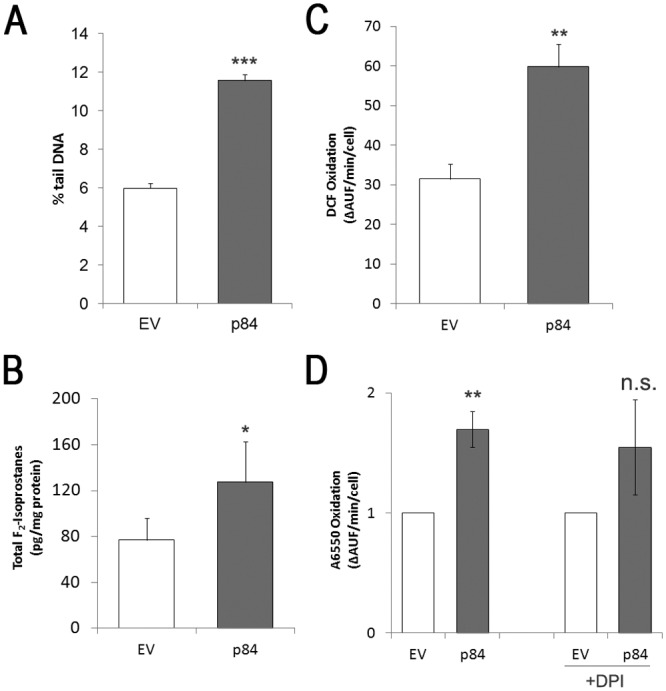Fig 3. hMp84 induces DNA damage and oxidative alterations of phospholipids in A375 melanoma cells, by stimulating the formation of Reactive Oxygen Species (ROS).

In EV-cells and in p84-cells at 24 h after transfection, DNA damage (by means of Comet assay) (A) and total (esterified plus non-esterified) F2-isoprostanes were measured (B). In intact EV-cells and p84-cells, the formation of ROS was measured in the intracellular milieu (by DCF-based assay) (C), or in the extracellular milieu (by A6550-based assay) with or without the NADPH-oxidase inhibitor, DPI (10 μM), added in the assay mixture (D). Results are presented as mean ± S.E. of two independent experiments performed in duplicate (DNA comets), four independent experiments (F2-isoprostanes), or six independent experiments (ROS formation). Results in panel D are presented as mean ratio (over EV-cells) ± 95% confidence interval of three independent experiments. *P<0.05, **P<0.01, and ***P<0.001, compared to control EV-cells. n.s.: non-significant, compared to p84-cells without DPI.
